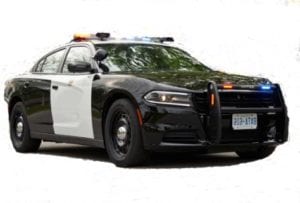Pacing Speed Enforcement
How Police Speed Pacing Works
Police officers may use any form of measuring the speed of a motor vehicle, including using the police vehicle.
The office can measure the speed of a moving vehicle by:
- following the speeding vehicle using the police car
- matching the speed of the police vehicle with the speeding vehicle
- using the speedometer of the police vehicle to determine the speed of the offending vehicle
- once the police officer has ascertained the speed of the vehicle the officer measures the speed over constant distance.

Pacing in Court
In traffic court, if the speed clocked is greatly in excessive of the maximum allowed, the court would probably convict the driver of speeding.
The court may convict the driver even in the absence of tests (e.g. the officer tests the speedometer of the police vehicle) as to the accuracy of the speed measuring.
The court may not require testing where there is a high speed and it would be obvious that the driver was speeding, for example:
- Speeding 10km/h over the limit
- court may require testing of police speedometer
- Speeding 50km/h over the limit
- count may not consider testing necessary
This means that if the police officer gives evidence that over a measured distance his speedometer recorded steadily the speed alleged, this is prima facie evidence.
What is Prima Facie Evidence
Prima facie evidence is evidence that if undisputed would allow the court to enter a conviction.
Prima facie evidence is sufficient to establish the fact of speeding unless rebutted, the evidence that the defendant was driving at the speed recorded by the police officer.
In the absence of some evidence, elicited either on cross-examination or by defence witnesses, that would suggest that the police speedometer was inaccurate, this is enough to convict.
The police officer many be required to prove to the court that the speedometer of the police vehicle was accurate for pacing, and that the police officer may have rounded the speed off to the lowest amount.


